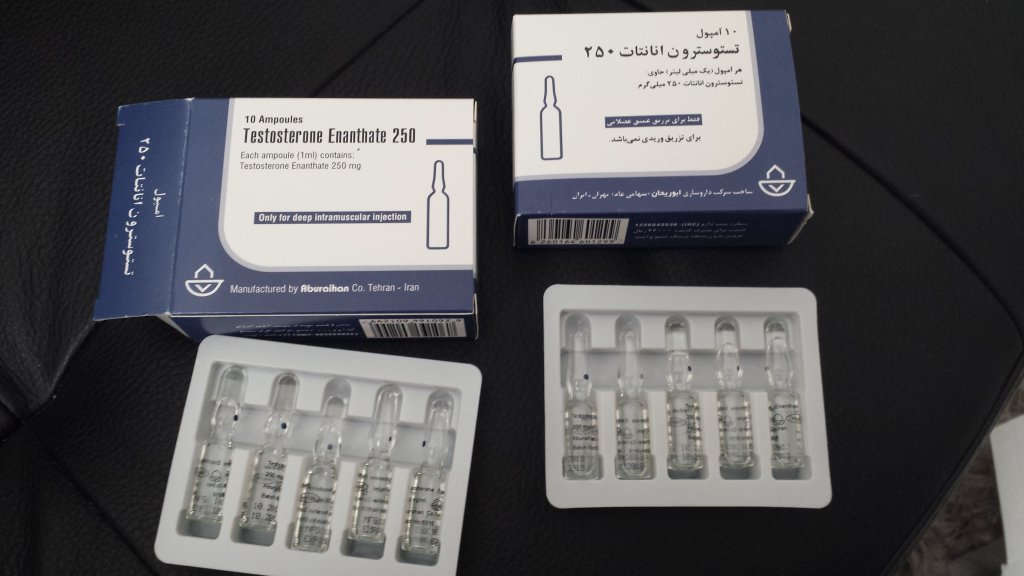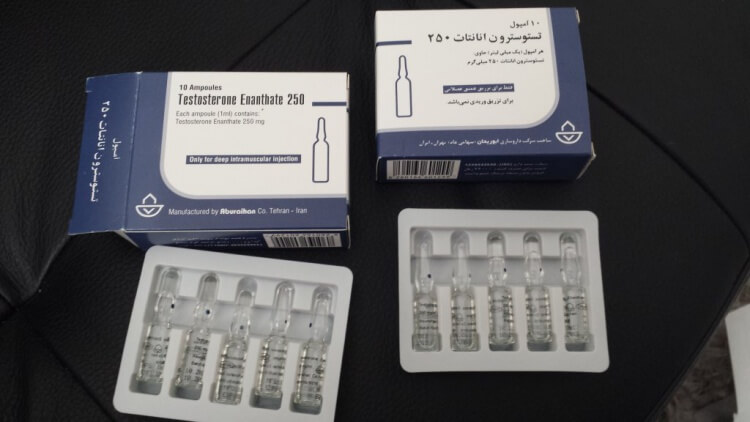
Q: “Some say if I could only let loose my testosterone that’s bound to SHBG, it would be like producing a lot more testosterone, or would give me more from what I injected. One article says SHBG ‘essentially deactivates’ testosterone. Are these things true? If not, why not.”
A: SHBG is widely misunderstood. These things are not true.
While analogy doesn’t prove anything, sometimes it can help understanding where a strictly-direct explanation (here, involving chemical potential, driven equilibria, and metabolic clearance) would be more difficult to follow. The following analogy is closely illustrates how SHBG is related to free testosterone and to total testosterone levels.
Rather than the testes or a depot of injected testosterone providing testosterone at a given rate, let’s have a spring providing water to a small, fast-running river.
There’s also a small lake connected to the river, acting as a reservoir. It’s tiny compared to the amount of water pumped daily by the spring, but large compared to the volume in the river.
The reservoir doesn’t “deactivate” the water. Most times, the river is flowing at the same rate the spring is pumping. When that’s so, the level of the lake stays the same. Sometimes, there might be a reduction or increase in the flow from the spring. The reservoir would act to buffer that. But ultimately, the flow down the river equals the flow from the spring over time, and the river’s height depends on the flow.
SHBG acts like the lake, rather than as a deactivator of testosterone. It buffers levels rather than reduces levels of free T.
If you measured the total amount of water present, the total including the lake would be much more than the amount present only in the river. However, for the plants along the river that need the water, there’s no “harm” whatsoever to all that water also in the lake. That water isn’t reducing their water supply at all. It’s only buffering it, giving them a smoother level. Same with SHBG.
If you suddenly bulldozed material into the lake you’d push water out and for a brief period the river would run higher. However that would end as soon as the reduction in lake size ended. Long term, the river’s flow wouldn’t be increased from reducing the lake. Same with reducing the amount of SHBG.
If deciding to reduce SHBG anyway, how much testosterone could be released? Say testosterone bound to SHBG is 1000 ng/dL, and you have 5 liters of blood. That would be 50 micrograms, or 1/20th of a milligram.
How much good would a pulse of 1/20th of a milligram do, even for the moment? It would be trivial, and the effect would be over almost immediately. That is why supplements purporting to free testosterone from SHBG don’t help build muscle.
Claims to the contrary are widespread but incorrect. It is true that a large percentage of total testosterone is reversibly bound to SHBG. But there is no evidence that free T is increased by reducing SHBG or reducing binding of testosterone to SHBG.

About the author
Bill Roberts is an internationally-recognized expert on anabolic steroids and performance-enhancing drugs (PEDs). He received a bachelor degree in Microbiology and Cell Science and completed the educational and research requirements for a PhD in Medicinal Chemistry at a major American university.
Bill entered the nutritional supplement industry prior to completing his doctoral thesis but his education was invaluable so far as being able to design/improve nutritional supplement compounds, since it was in the field of designing drug molecules and secondarily some work in transdermal delivery.
His education was not specifically "geared" toward anabolic steroids other than expertise with pharmacological principles having broad applications. This has allowed Bill to provide unique insight into the field of anabolic pharmacology with knowledge of points which he would not have known otherwise.
Leave a Reply
You must be logged in to post a comment.